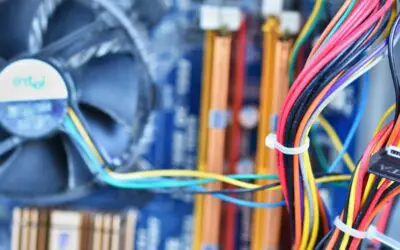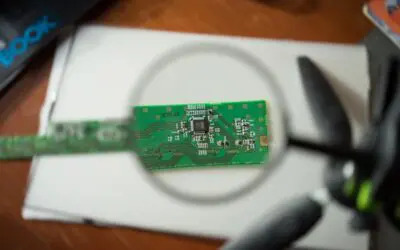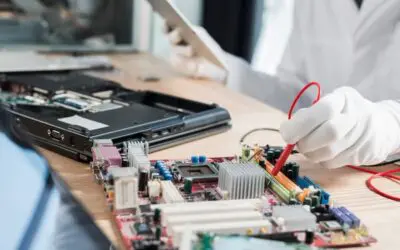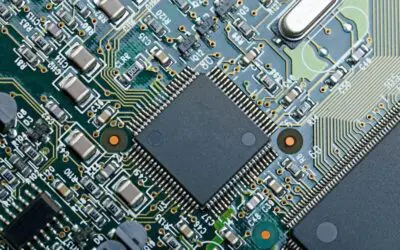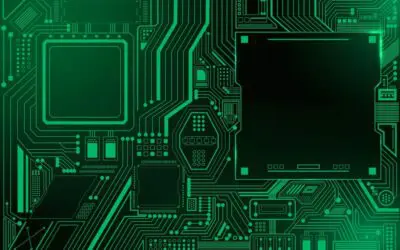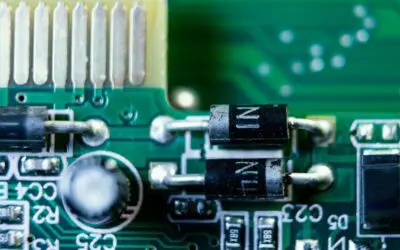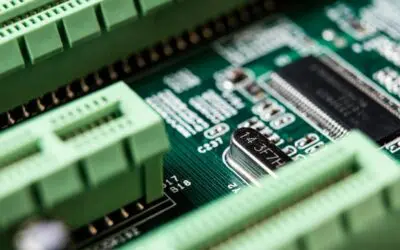Electronic Manufacturing Solutions News
What You Don’t Know About Regulatory Standards Could Cost You
Your electronics manufacturing business depends on meeting regulatory requirements, but most companies only learn this the hard way. A failed audit here, a rejected shipment there, and suddenly you're scrambling to understand standards you should have implemented...
The Hidden Dangers of Ignoring EMS Data Security Standards
When you're managing data in the electronic manufacturing services space, the stakes couldn't be higher. Sensitive data ranging from proprietary customer information to classified design files flows through your systems daily. Without proper compliance measures,...
Prevent Product Failures With PCB Traceability
Product failures happen. But when you can't pinpoint the source or identify which other units share the same risk, a simple issue becomes a costly crisis. PCB traceability is your safety net. It's the difference between fixing one bad batch and facing a full product...
Why Signal Integrity Simulation is No Longer Optional for PCB Designers
Modern PCBs operate at speeds and densities that make signal integrity problems much more likely. Design approaches that worked fine for slower circuits can cause serious issues when applied to higher frequencies. Take a typical high-speed digital circuit. Trace...
How Poor Cable and Wire Harness Design is Compromising Your Product Reliability
You're investing significant time, money, and resources into developing what should be a great product. Yet performance issues like intermittent failures and component breakdowns keep surfacing. If you're troubleshooting these problems and coming up empty, there's a...
Why PCB Traceability Matters in Preventing Failures
When a product fails in the field, the consequences often extend far beyond a simple fix. You might face warranty claims, frustrated customers, delayed shipments, and in severe cases, complete product recalls. In industries like medical devices, aerospace, and...
How In-House PCB Assembly Could Be Costing You More Than You Realize
You might think handling your own PCB assembly in-house is a smart way to cut costs. After all, it gives you control over production, eliminates some vendor coordination, and may seem to improve your overall efficiency. But what if that decision is actually eating...
How to Design Better Multilayer PCBs in the 5G Era
When you create 5G electronics, your PCB design makes or breaks performance. Multilayer boards drive success in delivering the speed and reliability 5G demands. Your design decisions directly impact how well your boards handle fast signals, manage power, and control...
Utah Businesses: How to Crisis-Proof Your EMS Supply Chain
You might believe your supply chain has all the stability you need. Your vendors deliver consistently, your logistics run smoothly, and production schedules stay on track. But beneath this appearance lies surprising fragility. Recent events have taught manufacturers...
Why USA Electronics Manufacturing Depends on High Quality Blank PCBs
Every electronic device you use—from smartphones to medical equipment—begins with a blank PCB. These simple boards form the foundation for reliable, high-performing electronic products that power everything from communication and healthcare to transportation and...
How to Prevent Tin Beads in PCB Assembly
If you are involved in PCB assembly, you know that even the smallest defect can compromise an entire circuit board’s functionality. One such issue that PCB assemblers often overlook until it causes a failure is tin bead formation. These tiny, stray solder particles...
High-Speed Routing in PCB Assembly: Expert Tips and Techniques
High-speed PCB design challenges even experienced engineers. As devices push faster data rates, proper routing becomes the difference between reliable performance and frustrating signal problems. When signals travel at high frequencies, the PCB layout itself becomes...





